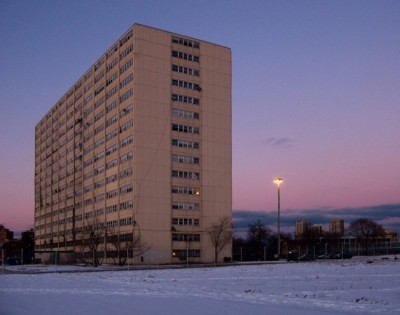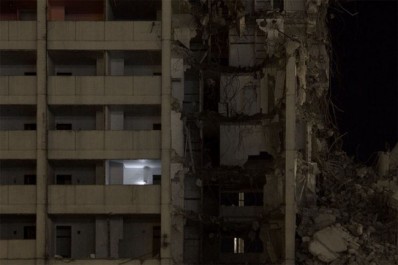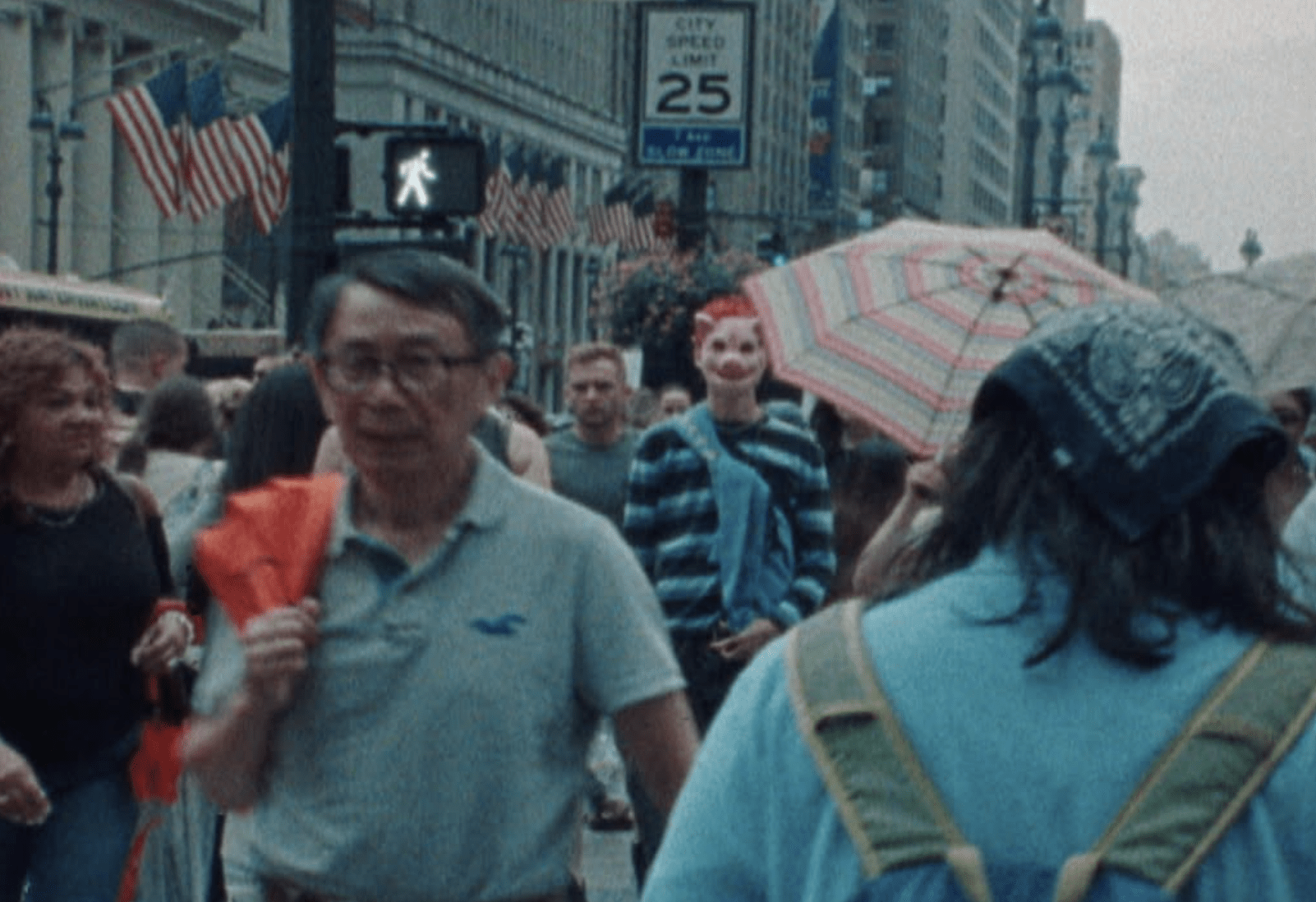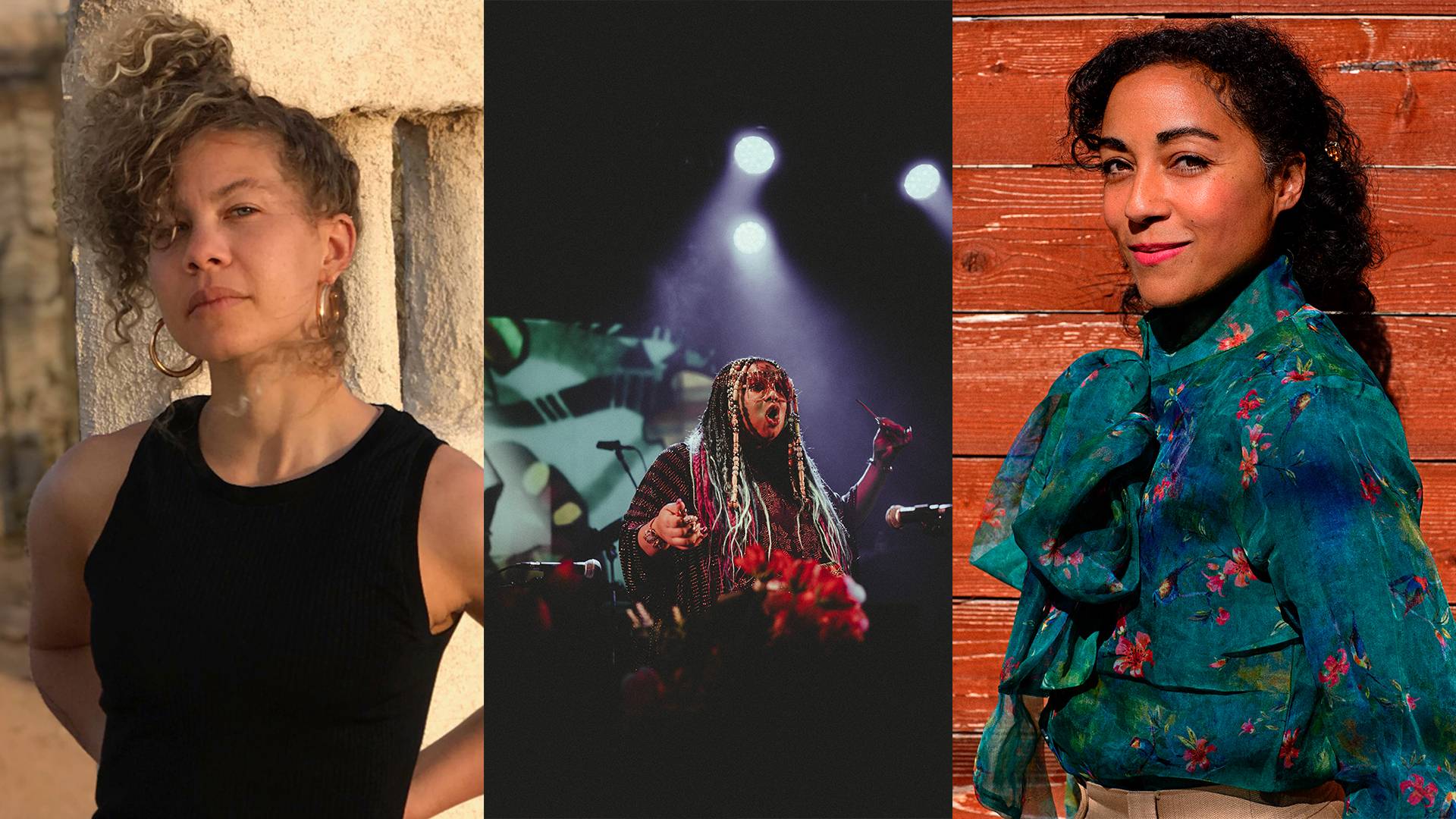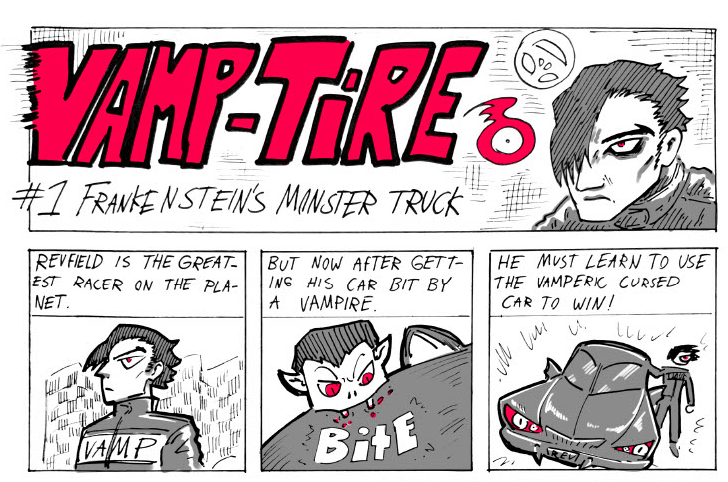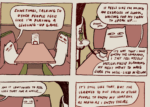Jan Tichy, who currently teaches at SAIC in the Art & Technology Studies department, was born in Prague and studied in Israel before moving to Chicago. I met him in the basement of the 112 S. Michigan building, territory unfamiliar to me, which he aptly described as “sort of an arts and tech dungeon.” We sat at a long table full of large Duracell batteries and beat up army ammunition canisters that had been painted bright orange. The dilapidated objects ranged from almost completely intact to totally crushed. He described to me that they were what he and a team of SAIC students used to house the lighting equipment for the recent Project Cabrini Green, a public art installation that took place early this year.
The installation was not only monumental in size, but in its message as well. Tichy, his partner Efrat Appel, and about 25 SAIC students collaborated on the project. The team collected poetry from youth in the Cabrini Green community, and then translated that poetry into blinking light patterns. These lights blinked in the 134 apartments of the last standing housing project, which had been slated to be demolished. Installed on March 28, the lights remained blinking throughout the entire four-week demolition process.
Showing me the inner workings of the ammo-boxes turned light fixtures, Tichy described, “I was able to close the box and attach it to something on the wall … and when the building was falling down, even when half of the room was gone, these would still hang there.”
After each day of demolition, the Chicago Housing Authority allowed Tichy to return to the site and collect as many of the canisters as he could find.
While Tichy was the only one allowed to enter the actual site of the project, he collaborated with SAIC students in construction, workshops and even development of concept off-site.
“It started with a few people from the art and tech and Sound departments. I needed to develop this idea of translating the spoken word into blinking light, which is what I initially brought in. And to have a live video feed at the MCA and accessible online. But the rest of it was developed together and by the students,” Tichy said.
Tichy reached out to grad students Kyle Evans, Eddie Breitweiser and Lee Blalock, who helped him to develop a software that translated sound into light. Together, they led sound and poetry workshops with the kids from the Cabrini Green community. The text of the poems and each poem’s light translation can be found the Project Cabrini Green website, and Tichy is working on compiling a publication that will include documentation of the project as well as further research into the ideas of public and community art.
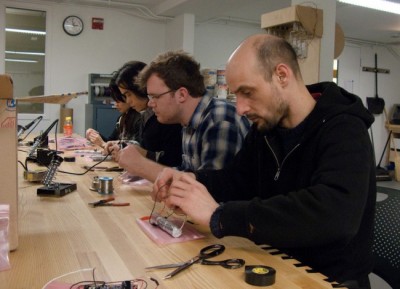
Tichy, far right, works with students on Project Cabrini Green. Photo courtesy of Project Cabrini Green.
“We wanted the workshops to open their minds in different directions, and one of them was that sound might be an art form,” said Tichy, who recruited SAIC students from nearly every department to collaborate with him on the project, including building the project’s website. Students from the Visual Communications department designed the logo and a book that accompanied the MCA show, students from the Architecture, Interior Architecture and Designed Objects department created a 3-D model of the building and physical interactive model for the MCA, students from the Writing, Art History and Art Administration departments worked on putting the workshops together, and students from the Film, Video, New Media and Animation department produced live video of the installation and broadcast it at the MCA. Each student volunteered to do the work without pay, opting out of translating the project into course credits so as to avoid tuition fees.
“For me, it was one of the best semesters as a professor at SAIC. I learned so much … usually with a lot of collaborations, I am the one bringing the tools and skills. Here it was different … the students brought a lot of the tools, so it was really an exchange of knowledge and collaborative ideas,” Tichy said, noting that the students’ dedication to the project was largely because of its conceptual power and visual impact.
Alex Halbert, a senior in the Art and Technology Studies and Film, Video, New Media and Animation department, helped Tichy work on the construction and development of Project Cabrini Green. “Working with Jan was an eye opening experience. I was able to work directly with kids who are involved with the public housing units or have similar backgrounds. It allowed me to reform my understanding of the city of Chicago and develop a new perspective of public housing itself.”
Project Cabrini Green embodied Tichy’s artistic oeuvre, which explores the functions of light and architecture, and ranges from the abstract to the literal. For Tichy, the relationship between the abstract and the literal stems from his interest in talking, and in addressing different issues that he feels need to be addressed.
“To do so, I feel that there needs to be some visual impact that will allow the audience to come in and listen. So the visual and the conceptual I feel have to go hand in hand. As the visual goes from very specific to abstract, so goes the conceptual, from general ideas to very, very specific ideas. But I see them as blending,” said Tichy.
Tichy was recently awarded the Nathan Gottesdiener Foundation Israeli Art Prize for 2010, given each year to a young Israeli artist. The judges of the art prize said of Tichy’s work: “In his refined way and minimalist language, he reacts, reveals, and criticizes mechanisms of control and command, deception and concealment.” I asked him what he planned to do with the $10,000 awarded to him in the prize, and he answered with a smile, “Just live.”

